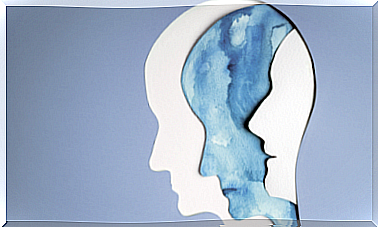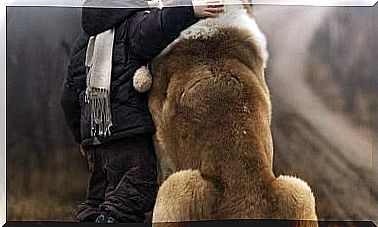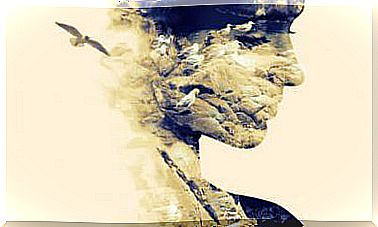Anna Freud’s Work In The Shadow Of Sigmund Freud
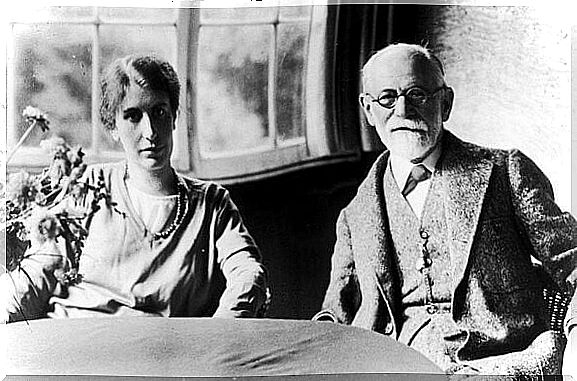
Anna Freud was an unwanted daughter. She was the youngest of six children and the only one who became a devoted and almost self-denying disciple to her father – Sigmund Freud. She was a “guinea pig” for psychoanalysis and also a descendant of his legacy. A large part of Anna Freud’s work in child psychology was groundbreaking and truly invaluable.
Fortunately, the name of this interesting woman has not disappeared in the fog of history. Her name has not been banished to the void where other female figures ended up due to large men in the same family tree.
Ada Lovelace, for example, was an incredible mathematician and pioneer in programming languages; a woman who for many is nothing more than Lord Byron’s talented daughter.
“I always looked beyond myself for strength and confidence, but it comes from within. It’s there all the time. ”
-Anna Freud-
Anna Freud was the brilliant daughter of the father of psychoanalysis. She was a girl who came into the world unwanted, but quickly managed to assert her place among many siblings and family members who blindly idealized her father.
Anna was unruly, restless, and sought more than anything her father’s praise. Unfortunately, he was a man who treated her more like a patient than a daughter.
It was in the 1920s that her life as a member of the Vienna Psychoanalytic Association took a new turn. Sigmund Freud had already been diagnosed with oral cancer, and Anna was determined not to leave her father. However, she now felt that she could direct her career towards other fields.
Instead of practicing psychoanalysis, she decided to treat young children pedagogically under psychoanalytic guidelines.
What began in Vienna in 1925 continued in England during World War II. It was a significant period in which Anna Freud’s work began in earnest. In a way, it spanned the work of the now deceased Sigmund Freud, but included new approaches.
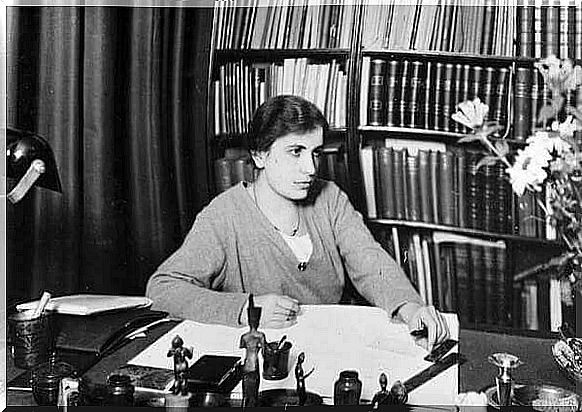
Anna Freud was always a practical woman. She did not like to create theories. Therefore, her books are full of interesting case studies as a basis for justifying and developing ideas. What she wanted most of all was that psychoanalysis have therapeutic uses for people’s lives, especially children.
- During her life, she was more preoccupied with mental dynamics rather than mental structures. That is why she was more interested in “I” than the “THAT” and the subconscious parts of the mind that her father had had such a passion for.
- Anna Freud is well known for her book “The Self and its Defense Mechanisms”. She explains how all this dynamic works. She even hung a special section for the use of defense mechanisms in children and adolescents.
- She also dived into an interesting idea that most of us use defense mechanisms and that there is nothing pathological about it. Anna Freud’s work was not particularly focused on the symptoms of any abnormalities, which her father focused on. She also tried to combine this theoretical prism with more practical psychology.
- Repression: a response to the need to maintain thoughts and feelings that keep anxiety going.
- Projection: the ability and habit to see one’s own defects in other people.
- Relocation: to transmit negative emotions to third parties.
- Regression: to return to a younger psychological age, with the habits and patterns of that age.
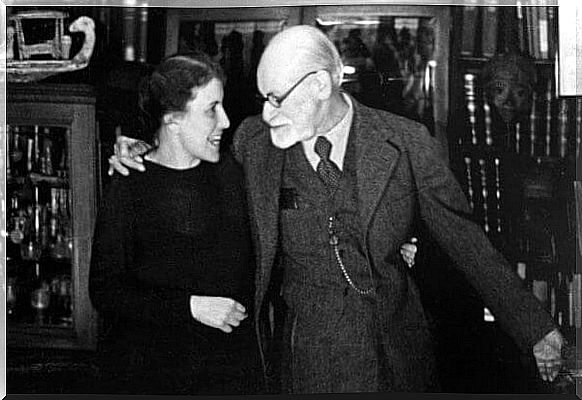
In 1941, Anna Freud opened a kindergarten and several homes for children on Wedderburn Street, Hampsteaden, London. At that time, she also read Maria Montessori, and was touched by all the children traumatized by the war. So she decided to move on and work for success in the field that interested her so much.
- She based the development of her theories on her father’s method. However, she was clear that when dealing with trauma, she would leave “that and the superego” aside and focus on the “self”.
- When Anna started her psychotherapy sessions, she also avoided assuming as much as possible the “fatherly” role, which is so common in psychoanalysis. She knew that children needed a warm, friendly and relaxed environment to communicate comfortably.
- Anna Freud was the first to use play (play therapy) as a mechanism to enter your emotional world in children. With games, her role as a therapist also changed. Instead of presenting herself as a distant, authoritarian figure, her goal was to deal with children with intimacy and their own language.
So the classic therapy sofa was pushed aside in favor of playrooms – a much more stable context for children and spontaneous expressions.
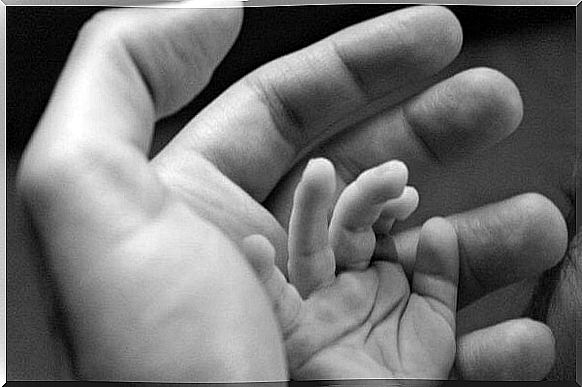
During her life, Anna Freud defended the need to take care of and address a child’s early relationships as a vital mechanism for good development. For example, Anna Freud’s work with children who had been abandoned or seriously neglected laid the foundation for several subsequent branches of research.
Another groundbreaking initiative was the recommendation that children should not be hospitalized more than necessary. Orphaned or abandoned children should also not live in orphanages for long periods. Children need the intimacy of a family and a mother figure.
Any distance from family relationships (or surrogates) causes stress, fear and has an impact on the child’s brain and mental development.
Anna Freud worked to make her reception center as “family units”. In this way, every child abandoned or traumatized by war found friends – siblings – and a surrogate mother or psychotherapist who treated its trauma and recurring nightmares.
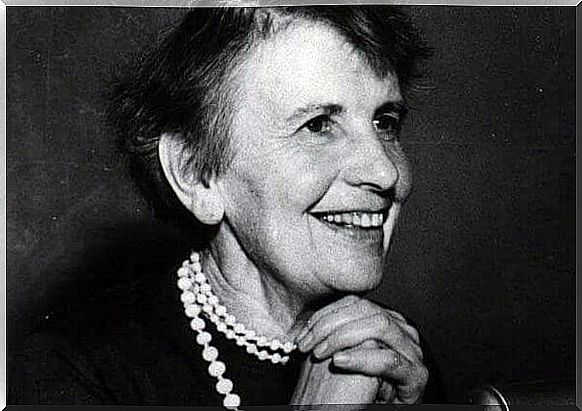
The “black demon”, as her father sometimes called her because of her strong will and peculiarities, never betrayed the theoretical legacy of her father. She actually improved it. Thanks to her, the edges were sanded down. She handled the loose, careless threads and shallow exploration of childhood education left by her father.
The therapeutic practice of Anna Freud was exclusively for children. Furthermore , she devoted her own life to protecting children who lacked even the most basic of care. She created several orphanages, a clinic and a training center for psychotherapists who specialized in psychoanalysis of children.
Anna passed away at the age of 82, and had then completed her assignment. She was the mother of psychoanalysis and also the guardian of its progress.




